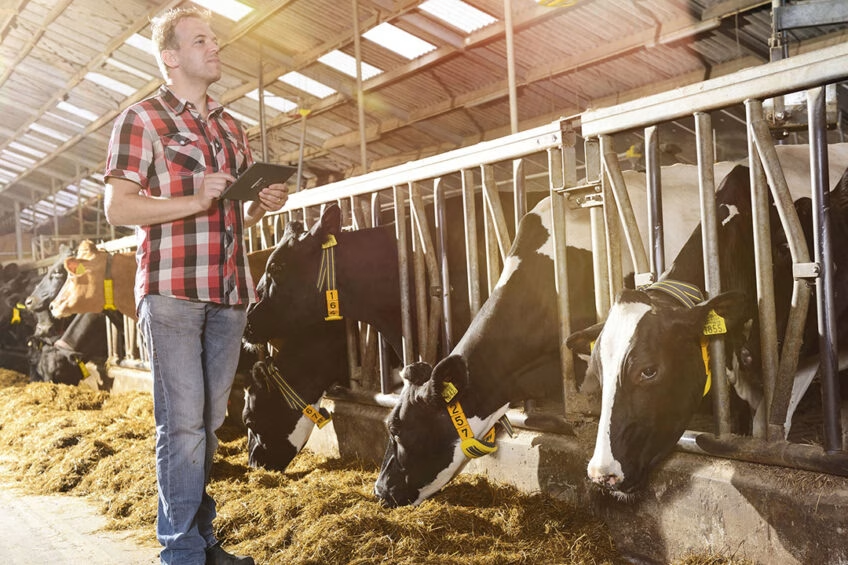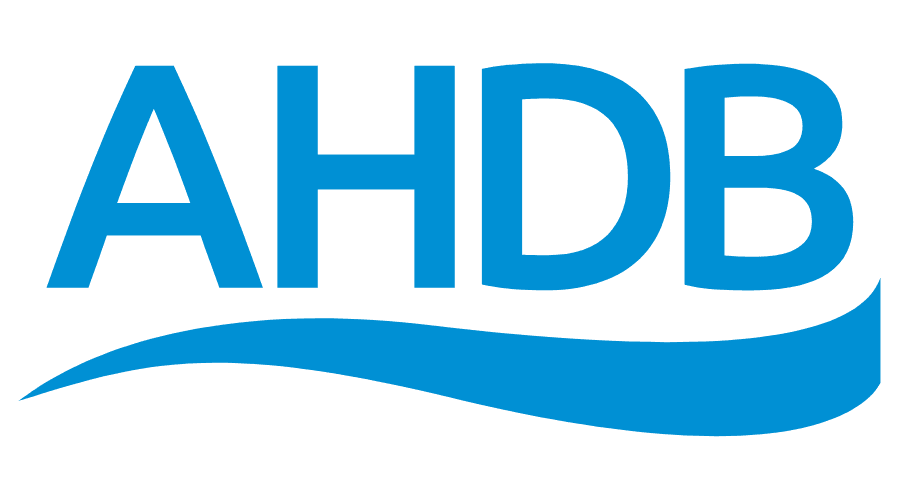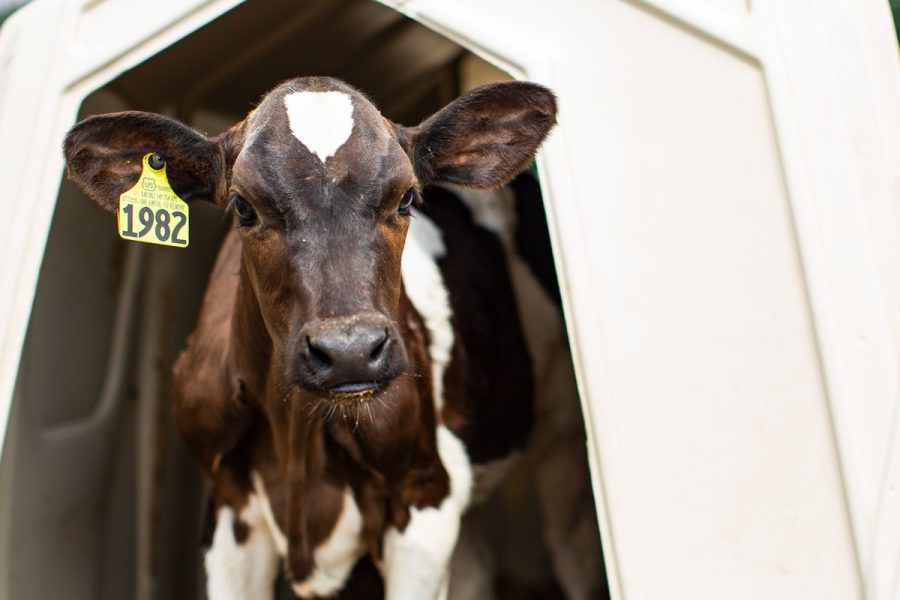Boost your dairy profits with next-gen herd management strategies. Ready to enhance your farm’s efficiency and animal welfare? Read on.
Summary: The global market for Dairy Herd Management is rising, estimated at $3.8 billion in 2023 and projected to reach $5.4 billion by 2030. This remarkable growth, driven by the increased demand for dairy products and technological advancements, offers dairy farmers a treasure trove of opportunities. Dairy herd management now goes beyond traditional methods, embracing innovations like automated milking systems and wearable sensors. But it’s not without challenges, from high costs to data management complexities. With a market growth rate accelerating to a CAGR of 6.0%, understanding these hurdles and leveraging advanced technologies is crucial for navigating this evolving landscape, making informed decisions, and striking a balance between long-term benefits and upfront investments.
- The global Dairy Herd Management market is projected to grow from $3.8 billion in 2023 to $5.4 billion by 2030.
- This growth is driven by increased demand for dairy products and technological advancements.
- Technologies like automated milking systems and wearable sensors transform dairy herd management.
- Challenges include high costs and complexities in data management.
- Understanding these challenges is essential for leveraging advanced technologies effectively.
- The market is expected to grow at a CAGR of 6.0%.
- Farmers need to balance long-term benefits with the upfront investments required.

Do you want to increase the profitability of your dairy farm? The dairy sector is continually developing, so keeping ahead of the curve is critical. Join us as we examine the most recent developments and technology in dairy herd management that may help you improve your operations and increase revenues. Let’s investigate how you can use these advances to your advantage.
The Global Market for Dairy Herd Management: Finding Opportunities Amidst Rapid Growth
The worldwide market for dairy herd management is approaching a tipping point. It is expected to be worth $5.4 billion by 2030, up from $3.8 billion in 2023 [Source]. This exceptional expansion is driven by the expanding worldwide demand for dairy products, the need for improved operational efficiency, and an increased focus on animal welfare. Examining these market trends attentively will reveal where the most attractive prospects exist.
Your Farm’s Future: Key Trends Driving Dairy Herd Management
Your farm’s future is linked to numerous critical developments in the dairy herd management industry. Growing worldwide demand for dairy products is a significant influence. People worldwide are eating more milk, cheese, and yogurt, putting pressure on producers to increase output without losing quality.
Then, there’s the need to improve operating efficiency. Farmers benefit from advanced technology, such as automated milking systems and real-time data analysis tools, which help them simplify operations, decrease labor expenses, and make better choices. This may make a significant impact on your bottom line.
Finally, there is an increased focus on animal welfare. Regulations are becoming more stringent, particularly in Europe, which accounts for 31.5% of the market as of 2023. Farmers are using more humane management approaches to comply with the law while ensuring healthier, more productive livestock.
Understanding these development factors might help you prepare for your farm’s future. Implementing modern dairy herd management systems might be the key to remaining competitive in this quickly changing industry.
Embrace the Future: How Tech Advances Are Revolutionizing Dairy Farming
Automation, real-time data analysis, and increased animal comfort are among the latest dairy herd management advancements. These developments are transforming how farms function, delivering technologies that improve efficiency and safeguard the health of your herd.
Imagine your farm with automated milking and feeding systems. These improvements could cut labor expenses dramatically while improving feed dispensation precision and milking efficiency. Real-time data analysis technologies let you spot infections early on, optimize breeding seasons, and make educated choices to enhance overall herd health.
Machine learning models go further, anticipating and avoiding future health risks before they become severe. This not only keeps your herd healthier, but it also lowers veterinary bills. Meanwhile, cloud computing enables remote access to critical information, allowing for more informed management choices regardless of location.
Adopting these technologies may create a more productive, efficient, and compassionate agricultural enterprise. Are you prepared to take your farm to the next level?
The Booming Market: Automated Systems and Standalone Software in Dairy Herd Management
First, let’s discuss numbers. The market for automated dairy herd management systems is increasing. By 2030, we expect a market value of US$3.5 billion, with a CAGR of 6.0%. If your farm still needs to integrate these technologies, now is an excellent opportunity to consider how automation might simplify your operations.
The standalone software category is also expected to increase at a slower rate of 3.6% CAGR. This provides another option for improving your herd management procedures without requiring a major redesign of your current infrastructure.
Moving on to geographical analysis, the United States market accounted for a sizable US$1.0 billion share of the pie in 2023, laying the groundwork for future development. However, consider China, where the industry is expected to develop at an impressive 8.7% CAGR and reach US$1.2 billion by 2030. Japan, Canada, Germany, and Asia-Pacific are other vital areas to follow since they all exhibit potential development prospects.
Let’s Talk Numbers: Is the Investment Worth It?
Let’s discuss numbers. Implementing modern dairy herd management systems often necessitates a significant initial investment. System costs for automated milking machines, health sensors, and integrated management software may range from $100,000 to $500,000, depending on your company’s size and characteristics.
So, what do you receive for your investment? One significant advantage is saving money on labor. Automated milking and feeding systems may cut labor requirements by up to 30%, saving you tens of thousands yearly, depending on your present costs.
Furthermore, real-time health monitoring may lead to early illness identification, reducing veterinarian expenditures by around 20%. Improved milk output and quality may lead to more significant revenues—studies suggest possible milk production increases of up to 15%. This potential for increased revenues should inspire optimism about the future of your farm.
Given these elements, many farmers estimate an ROI timeframe of 2 to 4 years. This is often determined by the degree of integration efficiency and technology used. Remember that economies of scale may substantially impact; larger businesses can spread these expenses among more animals, decreasing the ROI time. Understanding the potential ROI and the factors that can influence it is crucial when considering the investment in advanced dairy herd management systems.
Although the initial investment in sophisticated herd management systems is significant, the prospective savings and improved income often indicate a positive return on investment. This reassurance about the financial viability of these technologies, when implemented with proper planning and implementation, may assist in future-proofing your dairy farm.
Comparing Popular Dairy Herd Management Technologies
Automated Milking Systems (AMS)
Features: Fully automatic milking, real-time data collection, and reduced need for manual labor.
Benefits include increasing milking efficiency, minimizing labor costs, and providing precise milk yield data.
Drawbacks: High initial investment, maintenance costs, and potential technical issues requiring skilled personnel.
Wearable Sensors
Features: In real-time, monitor cows’ vital signs, activity levels, and reproductive status.
Benefits: Early detection of health issues, improved breeding management, and enhanced overall herd health.
Drawbacks: Requires consistent monitoring and interpretation of data, and initial setup can be costly.
Integrated Herd Management Software
Features: Comprehensive farm data management, real-time analytics, and remote accessibility via cloud computing.
Benefits: Streamlines operations, facilitates better decision-making, and integrates various farm aspects into a unified system.
Drawbacks: Complex setup, dependency on reliable internet connectivity, ongoing subscription costs.
Automated Feeding Systems
Features: Automatic ration distribution based on individual cow’s needs and feeding schedules.
Benefits: Optimizes feed efficiency, reduces wasted feed, and minimizes labor involved in feeding.
Drawbacks: Significant upfront costs and potential mechanical breakdowns require technical expertise.
Machine Learning and Predictive Analytics
Features: Using advanced algorithms to predict health concerns, breeding periods, and other critical farm events.
Benefits: Proactive health management, enhanced production efficiency, and reduced veterinary expenses.
Drawbacks: Requires high data input and sophisticated software; initial costs can be high.
Implementing Advanced Technologies: The Roadblocks and Remedies
While new dairy herd management systems have the potential to alter your farm, they also present obstacles. The first investment might seem overwhelming. Automated milking equipment, health monitoring devices, and software systems demand a significant investment. These hefty prices often dissuade small and medium-sized farmers from adopting these technologies.
Then there is data management. The sheer amount of data created might be intimidating. Data management is full-time, and it involves tracking cow health and milk output and monitoring feeding schedules. You could ask whether all of this information is necessary.
Furthermore, integrating new technology with old systems only sometimes goes well. Disruptions may occur, resulting in downtime and possibly impacting milk output. For farmers, time is money, and tiny interruptions may result in significant losses.
So, how can you overcome these obstacles? Begin by balancing the long-term advantages vs. the upfront expenditures. Consider gradual updates rather than a significant redesign. Partner with technology vendors that provide comprehensive training and support. This may help smooth the transition and make data management less frightening.
Additionally, investing in user-friendly software may make a significant impact. Look for technologies that will work effortlessly with your present processes. Forethought and foresight may help you use technology to your advantage rather than against it.
Read testimonials and case studies from other farmers who have overcome similar obstacles. Their experiences may provide valuable insights. The advantages of sophisticated dairy herd management systems may far exceed the drawbacks with the correct strategy.
The Bottom Line
So, where does this leave you? The future of dairy herd management seems promising, with many possibilities for those ready to embrace innovation. Understanding market trends and using cutting-edge technology may help you maximize the profitability of your dairy farm. You decide what to do next. What actions will you take to maintain your competitive advantage in an ever-changing industry?
Learn more:
- Top 7 Data Points to Track for Optimal Herd Performance
- From Data to Dollars: Small Steps to Maximize Dairy Profits Through Accurate Herd Management
- Unlocking Profitability in Dairy Farming: Secrets to Achieving a $15 Breakeven in 2024
 Join the Revolution!
Join the Revolution!
Bullvine Daily is your essential e-zine for staying ahead in the dairy industry. With over 30,000 subscribers, we bring you the week’s top news, helping you manage tasks efficiently. Stay informed about milk production, tech adoption, and more, so you can concentrate on your dairy operations.







 Join the Revolution!
Join the Revolution!







